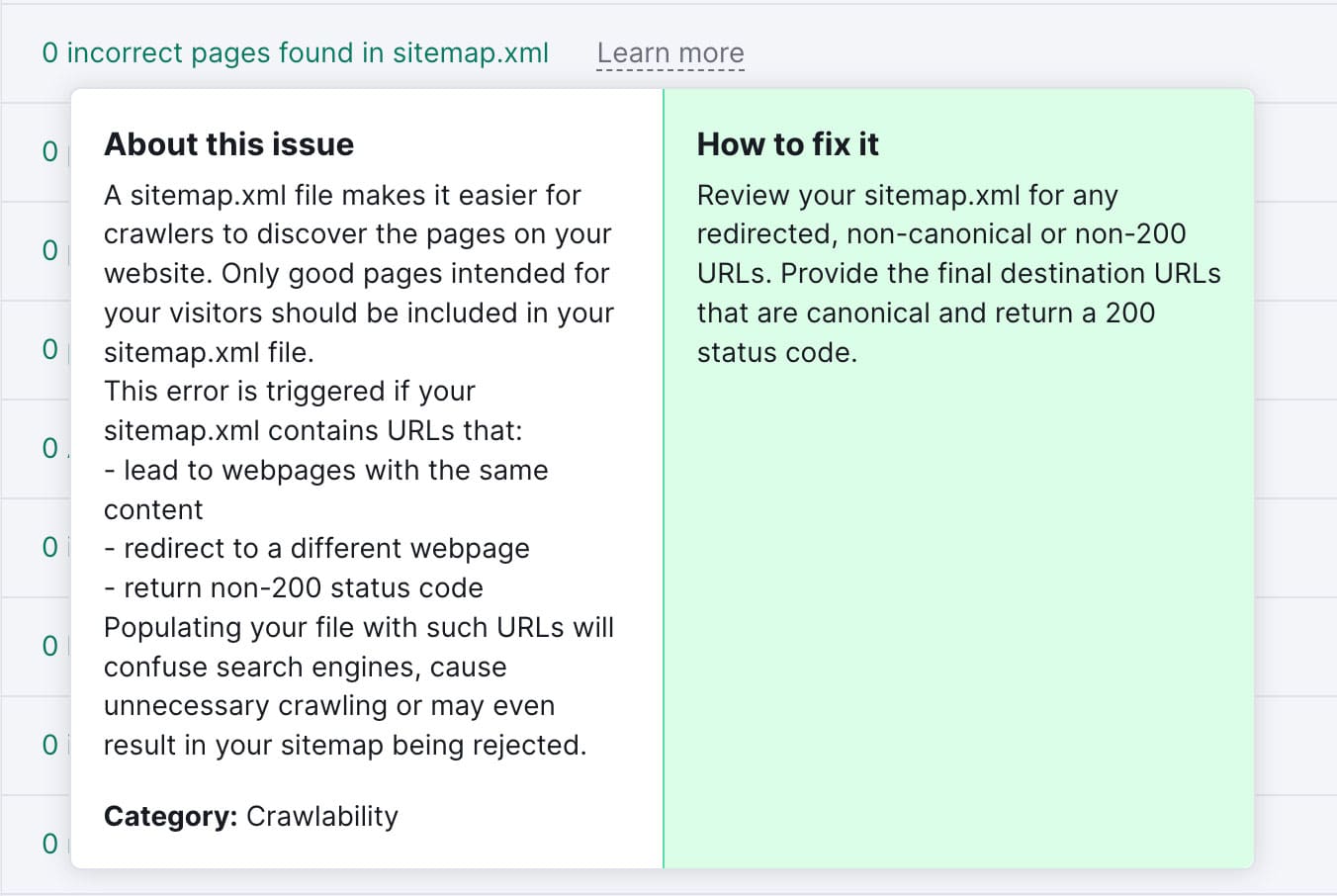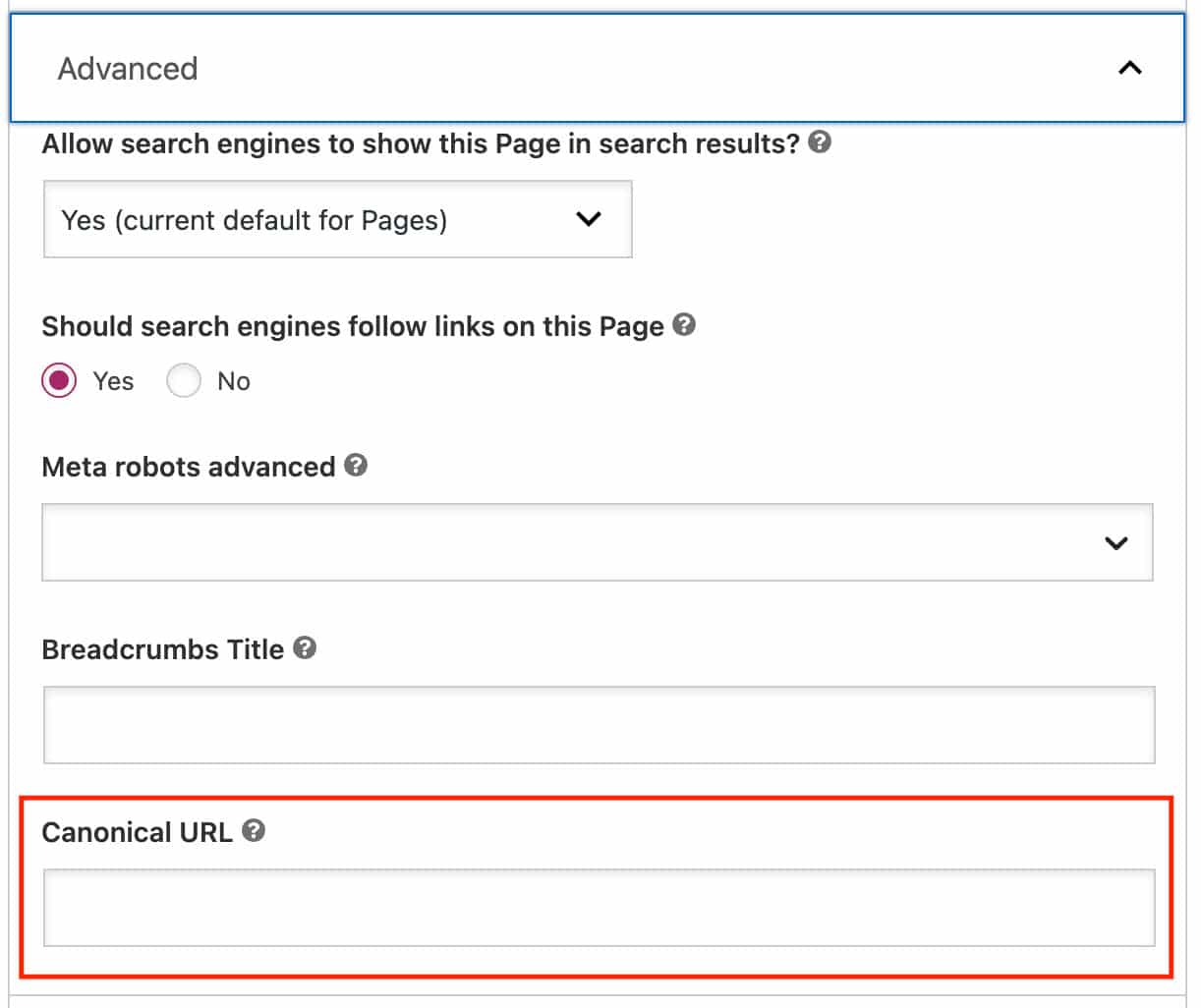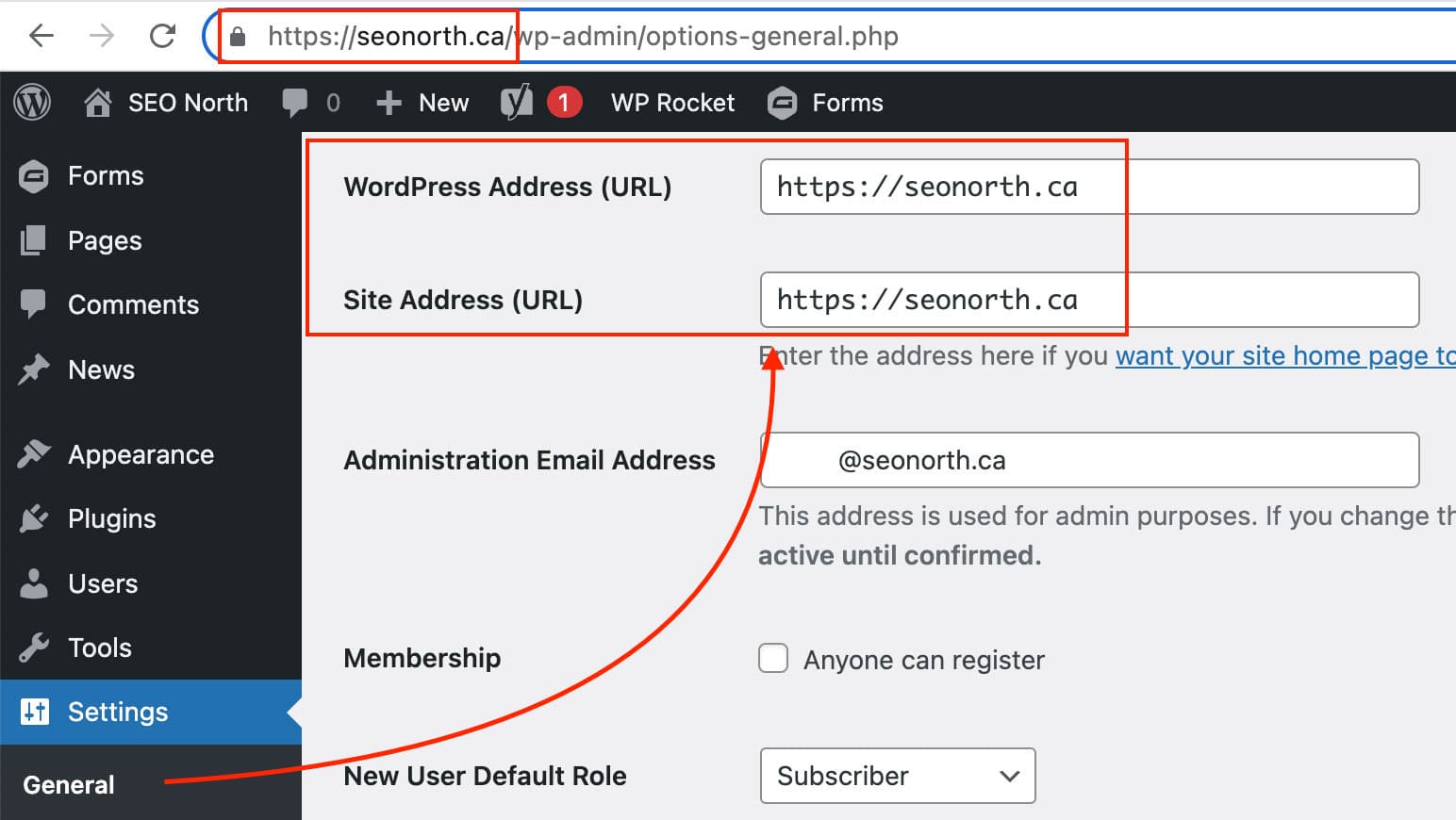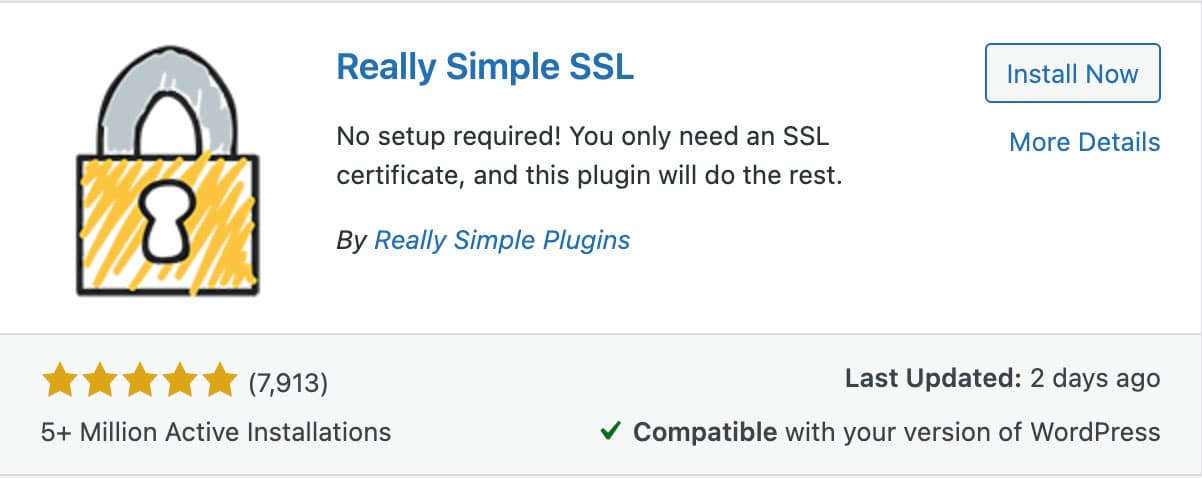Si ha encontrado el "URL no canónica en Sitemap" ¡error en su sitio web de comercio electrónico, no se preocupe, esta entrada del blog le mostrará cómo solucionarlo en tan sólo unos sencillos pasos y le ayudará con su tarea de SEO técnico y convertirse en un webmaster en cualquier momento! ¡Siga leyendo y recupere su sitio web!
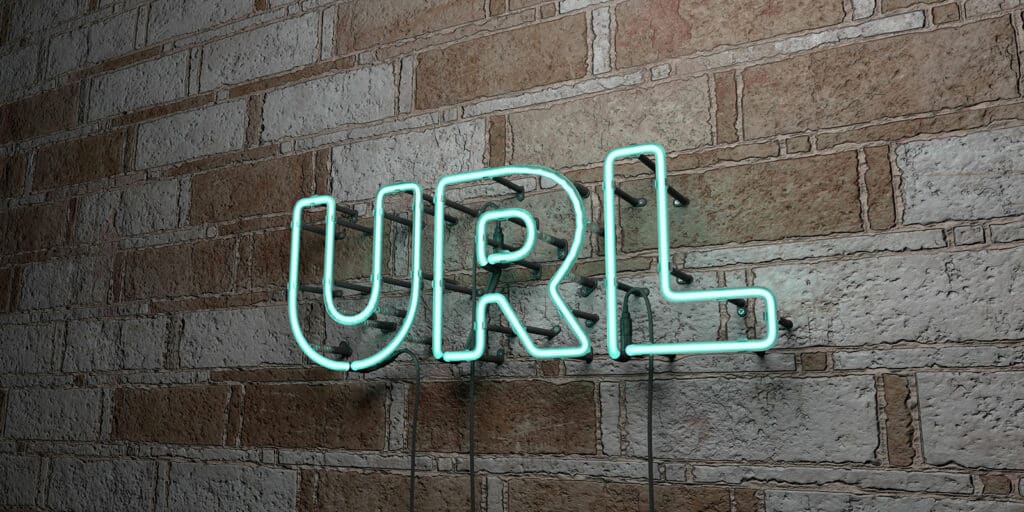
Índice de contenidos
¿Qué es una URL no canónica?
A URL canónica o página canónica es la URL preferida para una página web. Una URL no canónica es cualquier otra variación de la dirección de la página. La canonización es el proceso de determinar qué versión de una URL es la "verdadera" o "preferida" de la página.
Ejemplo de URL canónica
https://seonorth.ca/Ejemplos de no...URLs canónicas de la misma página
https://seonorth.ca/https://seonorth.ca/https://seonorth.ca/?=1https://seonorth.ca/utm_source=newsletter&utm_medium=email&utm_campaign=spring_sale&utm_id=Isaac&utm_term=seo&utm_content=outreachLos sitemaps pueden incluir URLs canónicas y no canónicas debido a errores del usuario o a que su sistema de gestión de contenidos (CMS) selecciona la versión canónica incorrecta.
¿Por qué no debe tener URL no canónicas en su mapa del sitio?
A El mapa del sitio ayuda a los motores de búsqueda a indexar el contenido del sitio. Sin embargo, algunas páginas no deben incluirse en un mapa del sitio, ya que no están destinadas a ser indexadas por los motores de búsqueda. Estas páginas se conocen como URL no canónicas. Las URL no canónicas pueden incluir páginas que tienen problemas de contenido duplicado (URL duplicadas) de otras páginas del sitio o a las que sólo se puede acceder a través de diferentes parámetros de URL. Incluir estas páginas en un mapa del sitio puede confundir a los motores de búsqueda. Por esta razón, es esencial entender cómo identificar y excluir las URL no canónicas de un mapa del sitio.
¿Cómo se arreglan las URL no canónicas en un sitemap?
Un mapa del sitio es un archivo que contiene una lista de todas las URL de su sitio web. Esta lista ayuda a los motores de búsqueda a arrastrarse e indexar su sitio de forma más eficiente. Las URL no canónicas o páginas no canónicas son versiones duplicadas de una misma página, que pueden producirse por diversos motivos (por ejemplo, WWW frente a no WWW, HTTP frente a HTTPS). Estos contenidos idénticos o páginas similares pueden causar problemas a su sitio web, ya que pueden ser indexados por los motores de búsqueda, perjudicando la clasificación de su sitio. Siga leyendo para saber cómo solucionar estos errores rápidamente:
Identificar las URL no canónicas
En primer lugar, identifique qué URL no son canónicas en su sitemap. En URL no canónica El error aparece en la auditoría de SEMrush en "Se han encontrado páginas incorrectas en el mapa del sitio.xml" o utilizando un rastreador de sitios web como Screaming Frog. En Screaming Frog, puede encontrar los errores en la pestaña Canonicals de un rastreo.
Encontrar la URL canónica correcta
Abrir los informes de error URL no canónica en su navegador y, a continuación, determine cuál debe ser la canónica correcta. Puede hacerlo comparando la URL del navegador y mediante ver el HTML código fuente.
En el código fuentebuscará el rel etiqueta canónica o también conocido como enlace canónico:
<link rel="canonical" href="https://example.com/">¿Cuál debería ser el etiqueta canónica? Suele ser la versión más humana de la URL, algo que podrías compartir fácilmente con un amigo.
Actualizar la URL
Utilizar un CMS como WordPress y el Yoast pluginpuede actualizar el URL canónica inicie sesión en su sitio web en la sección Avanzado Yoast Ajustes. Otros SEO plugins utilizan un enfoque similar; si creara su mapa del sitio manualmente, tendría que editar el archivo.
WWW vs. no-WWW
Si ha notado que la mayor parte de su sitio web tiene URLs o redirecciones no coincidentes que crean un error no canónico:
por ejemplo, www.seonorth.ca frente a seonorth.ca (o HTTP frente a HTTPS)
Es más fácil y rápido arreglar el WordPress Dirección + Dirección del sitio, junto con el uso de Buscar y reemplazar mejor plugin para resolver su problema de añadir direcciones URL absolutas, en lugar de reparar páginas individuales.
SSL vs. No-SSL
Really Simple SSL detecta automáticamente tus ajustes y configura tu sitio web para que funcione con HTTPS. Todo el sitio pasará a SSL. Eso incluye su página de iniciopáginas, entradas, tipos de entrada personalizados, categorías, etiquetas, imágenes, widgets... ¡Todo!
Por lo tanto, si ha notado que el contenido no seguro está creando errores no canónicos, esta es la solución más rápida y fácil.
Conclusión
Si sigue teniendo problemas con el error "URL no canónica en el sitemap" después de seguir estas instrucciones, no dude en ponerse en contacto con nosotros para obtener ayuda. Nuestro equipo de expertos estará encantado de ayudarle a que su sitio web vuelva a funcionar lo mejor posible. Gracias por leernos.
PREGUNTAS FRECUENTES
¿Son las URL canónicas malas para el SEO?
Publicado en: 2022-08-24
Actualizado el: 2024-04-04
